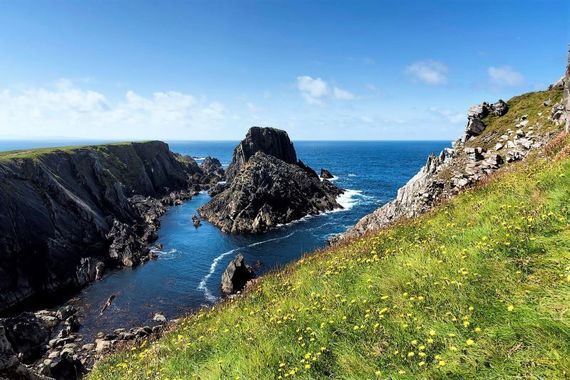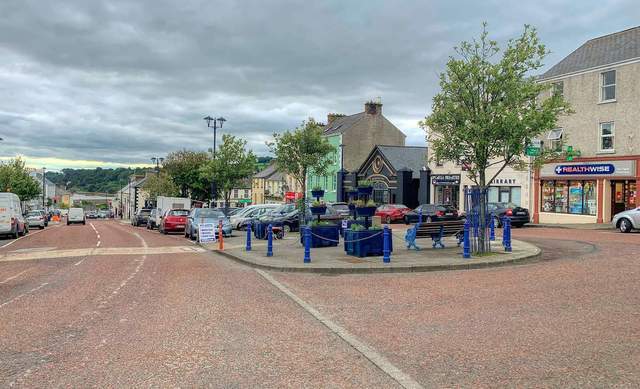Ancient history, fun family activities and culture this town has everything you'd need along with the stunning Donegal coast.
The scenic town of Moville lies on the banks of Lough Foyle, where the Bredagh River flows into the sea, on the Inishowen Peninsula of County Donegal, near the northern tip of Ireland. Due to its location and proximity to several beaches, the town is a summer favorite for visitors and day-trippers.
The name of the town comes from two possible Gaelic origins, translated from Bun a Phobail, meaning ‘Foot of the Parish’ or Magh Bhile, meaning ‘Plain of the Ancient Tree.’ The area largely consisted of undeveloped agricultural land until the mid-18th century. Cooley Cross, a simple stone high cross located in Cooley graveyard, and Skull House, a small stone building at the rear of the graveyard, believed to have been used as an oratory and mortuary, are two remnants of an early Christian monastic settlements on the outskirts of the town.
Samuel Montgomery, a wholesale and retail wine merchant from Killaghtee, County Donegal, was settled in Moville in the late 1700s and built Newpark House, which had a demesne of 60 acres and included Bath Green, in 1774. Montgomery began developing the town. The first houses were built in the 1770s. Generations of the Montgomery family continued to live at New Park House through the years. Field-Marshal Bernard Montgomery, the hero of the World War II battle at El Alamein, was the great-great-grandson of Samuel Montgomery.
By 1820, there were 50 people living in the town and the area developed rapidly. In the early 1830s, a grain store and grain market had been established, and Moville became known for its whiskey trade. Goods coming into town were traded for illegally distilled whiskey, and Quay Street, which was used to keep watch for smugglers, became known as Whiskey Lane.

Bring your camera and capture the wonderful flora and fauna that live on Inishowen Head.
Moville’s location made it ideal for the maritime industry, and throughout the 19th century, large trading ships and transatlantic liners dropped anchor here. In the later years of the 1800s, Moville was a major port for embarkation for many travelers, including emigrants to Canada and America.
Although today the town receives little maritime traffic, it retains its small fishing harbor.
An annual regatta is held in Moville every August. It has been a tradition since early in the 19th century.

Love Irish history? Share your favorite stories with other history buffs in the IrishCentral History Facebook group.
One of the town’s most picturesque features is its Bath Green, a large seaside park in a Victorian style, featuring bandstands, walking trails, and sweeping views across the waters of the lough to Northern Ireland. The park was once part of the Montgomery Estate until Bishop Henry Montgomery (1847-1932) donated the shorefront area to the people of Moville as a recreation area. The bishop is also known for publishing the first written history of the town as a series of articles in the Derry Sentinel.
Visitors can take a walk along Moville Shore Path, which offers excellent coastal views of Lough Foyle. The route passes beaches, elegant shore-front dwellings and sites of historic interest.
The Shroove Lighthouse, or Inishowen Lighthouse, was one of two lighthouses built at Dunagree Point and was used to guide vessels into Lough Foyle and steer them clear of the Tuns Bank. The lighthouse still has a caretaker.
Every year, Stuck Inside of Moville, the DylanFest on the Lough, a festival of Bob Dylan music, takes place in Moville as well as BeatlesFest on the Lough, an annual festival of Beatles music which takes place on consecutive weekends at the end of August.
Sources: MovilleInishowen.com, Tripadvisor, Loughs-agency, IrishLights.
* Originally published in 2016, updated in July 2023.




Comments